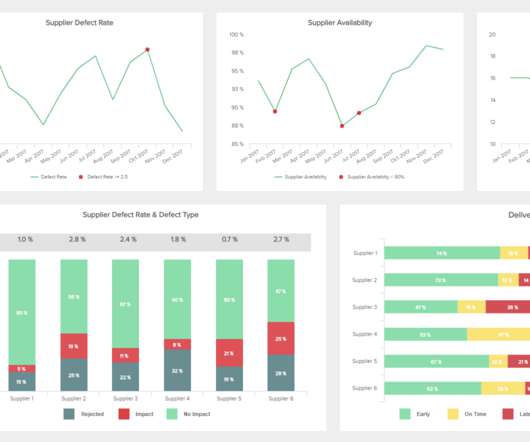What Is The Difference Between Business Intelligence And Analytics?
datapine
MARCH 25, 2022
1) What Is Business Intelligence And Analytics? 4) How Do BI And BA Apply To Business? If someone puts you on the spot, could you tell him/her what the difference between business intelligence and analytics is? What’s the difference between Business Analytics and Business Intelligence?


















Let's personalize your content